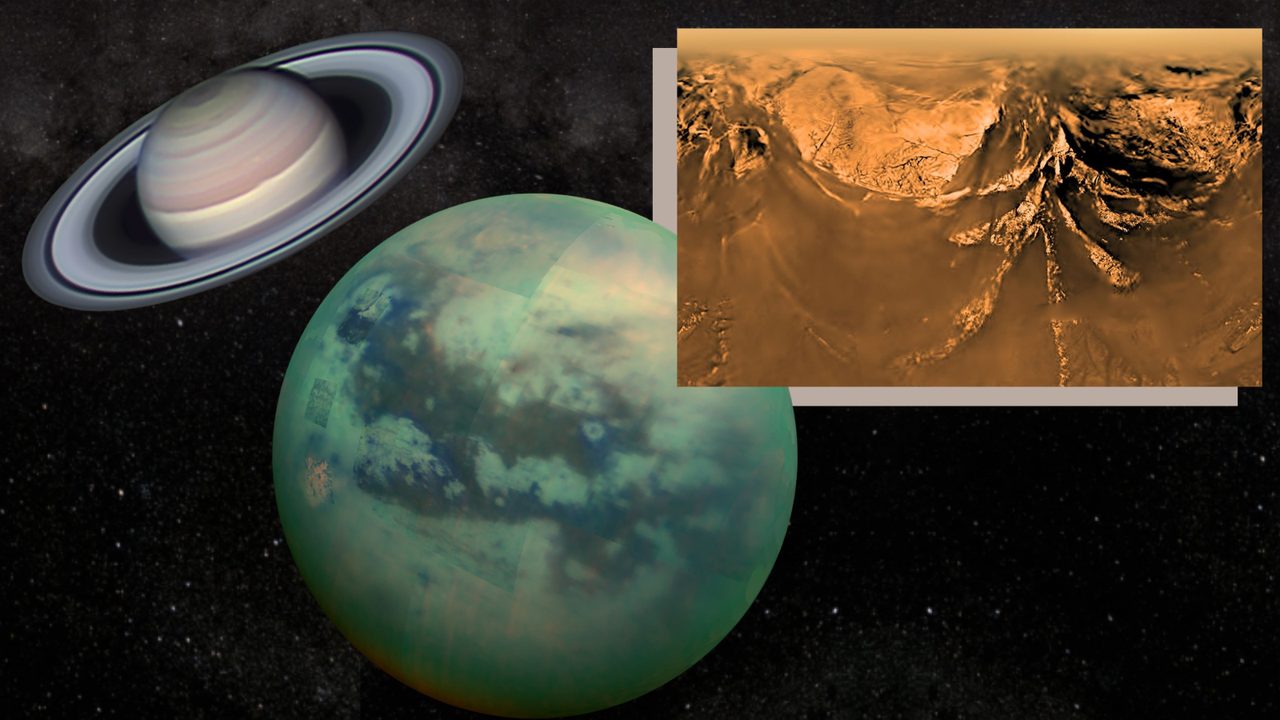The precursors of life could form in the lakes of Saturn's moon Titan

NASA tracks a building-sized asteroid's close Earth flyby while celebrating groundbreaking close-up images of the sun. Meanwhile, SpaceX prepares to launch more satellites for Amazon's Project Kuiper, advancing global internet coverage.

All major sources, one page
Feel the mood behind headlines
Know what’s trending, globally
Get summaries. Save time
7,286
125
204
4 hours ago
Stay sharp in 60 seconds. Get concise summaries of today’s biggest stories — markets, tech, sports, and more
All major sources, one page
Feel the mood behind headlines
Know what’s trending, globally
Get summaries. Save time
7,286
125
204
4 hours ago
Stay sharp in 60 seconds. Get concise summaries of today’s biggest stories — markets, tech, sports, and more